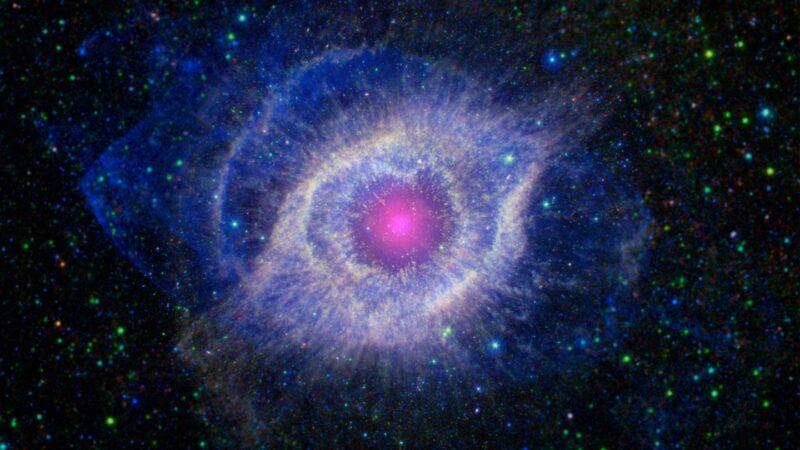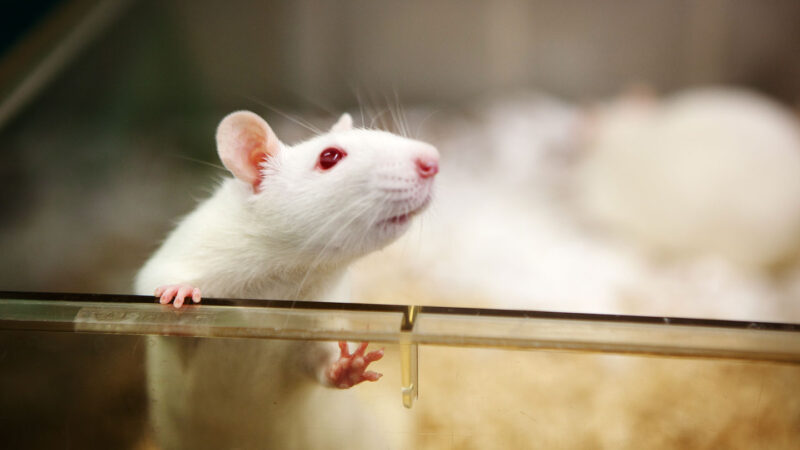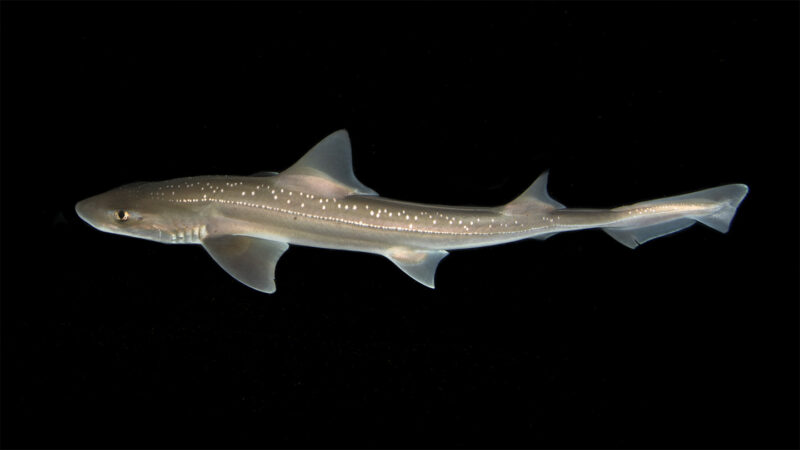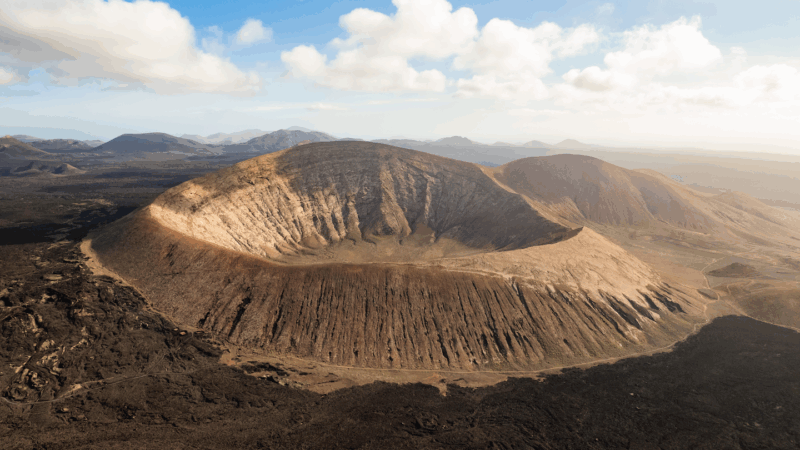June 2020 has arrived and with it come lots of opportunities to Do Some Science! In addition to being Home Safety Month, April is also home to June Solstice, Asteroid Day, and World Oceans Day. Take a look at what June 2020 brings for the science lover in you.
June 1: On this day in 1869, Thomas Edison obtained a patent for an electrographic vote recorder
June 2: On this in 1966, Surveyor 1 became the first spacecraft to land on another extraterrestrial body when it touched down on the Moon
June 3: Surgeon and medical researcher, Charles Drew was born on this day in 1904. His research improved methods for blood storage and the development of blood banks.
June 4: The first hot air balloon is demonstrated by the Montgolfier brothers on this day in 1783.
June 5: Italian philosopher and mathematician, Elena Piscopia was born on this day in 1646. She was the first woman to earn a doctoral degree.
June 5: World Environment Day
June 5: Full Strawberry Moon (also know as the Full Rose Moon and the Full Honey Moon)
June 5: Penumbral Lunar Eclipse
June 6: Swiss physicist, Heinrich Rohrer, was born on this day in 1933. He co-invented the scanning tunneling microscope in 1981, providing the first images of individual atoms on the surfaces of materials.
June 8: World Oceans Day
July 8: Math 2.0 Day
June 9: Elizabeth Garrett Anderson was born on this day in 1836. She was first woman to successfully complete the medical qualifying exams in Great Britain and the first woman physician in Great Britain.
June 9: German astronomer, Johann G. Galle, was born on this day in 1812. He is credited with the discovery of Neptune.
June 10: On this day in 2003, NASA launched the Spirit Rover towards Mars. It landed the following year and gathered data until 2010.
June 11: French oceanic explorer, Jacques-Yves Cousteau, was born on this day in 1910. He is credited with invention of diving gear.
June 14: On this day in 1927, George Washington Carver received a patent for a process of producing paints and stains
June 13: On this day in 1983, the Pioneer 10 spaceprobe passes the orbit of Neptune, becoming the first man-made object to leave the solar system
June 15: On this day in 763 BC, a solar eclipse is recorded by the Assyrians. Knowledge of its date is later used to determine the dates of other events in Mesopotamian history.
June 15: Global Wind Day
June 16: Geneticist, Barbara McClintock, was born on this day in 1902. She received the 1983 Nobel Prize in medicine or physiology for her discovery of transposable genes.
June 18: William Crookes was born on this day in 1832. He is the inventor of a vacuum tube, now named after him, in which electrons were first discovered.
June 20: On this day in 1840, Samuel Morse was granted a patent for telegraphy signals
June 20: On this day in 1877, the first commercial telephone service in the world is installed by Alexander Graham Bell in Hamilton, Ontario in Canada
June 21: Annular Solar Eclipse
June 21: National Sea Shell Day
June 21: On this day in 2004, SpaceShipOne became the first privately funded vessel to reach space
June 21-27: National Mosquito Control Awareness Week
June 22: Summer (June) Solstice
June 22: World Rainforest Day
June 22: On this day in 1633, the Catholic Church forced Galileo Galilei to recant his heliocentric model of the solar system
June 23: International Women in Engineering Day
June 26: British physicist, William Thomson Kelvin was born on this day in 1824. He invented the Kelvin scale.
June 27: The first nuclear power station in the world begins operation near Moscow in 1954.
June 28: Tau Day
June 28: Mathematician and physicist, Maria Goeppert Mayer, was born on this day in 1906. She was awarded the Nobel Prize in Physics in 1963 for her work on the nuclear shell structure.
June 29: American surgeon, William James Mayo was born on this day in 1861. He is the founder of the Mayo Clinic.
June 30: Asteroid Day
June 30: On this day in 1905, the journal Annalen der Physick receives Albert Einstein’s paper On the electrodynamics of moving bodies in which he sets out his special theory of relativity.

















